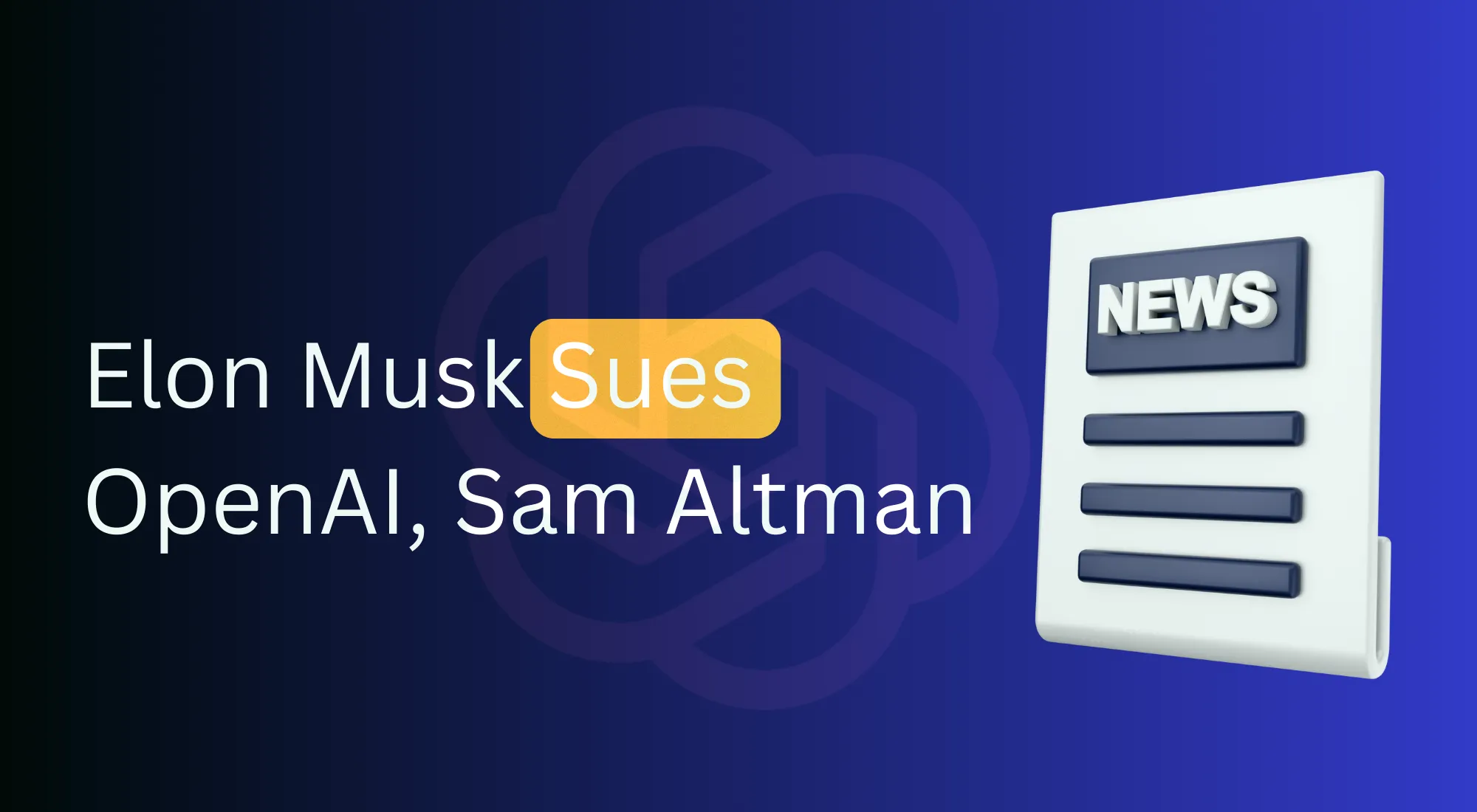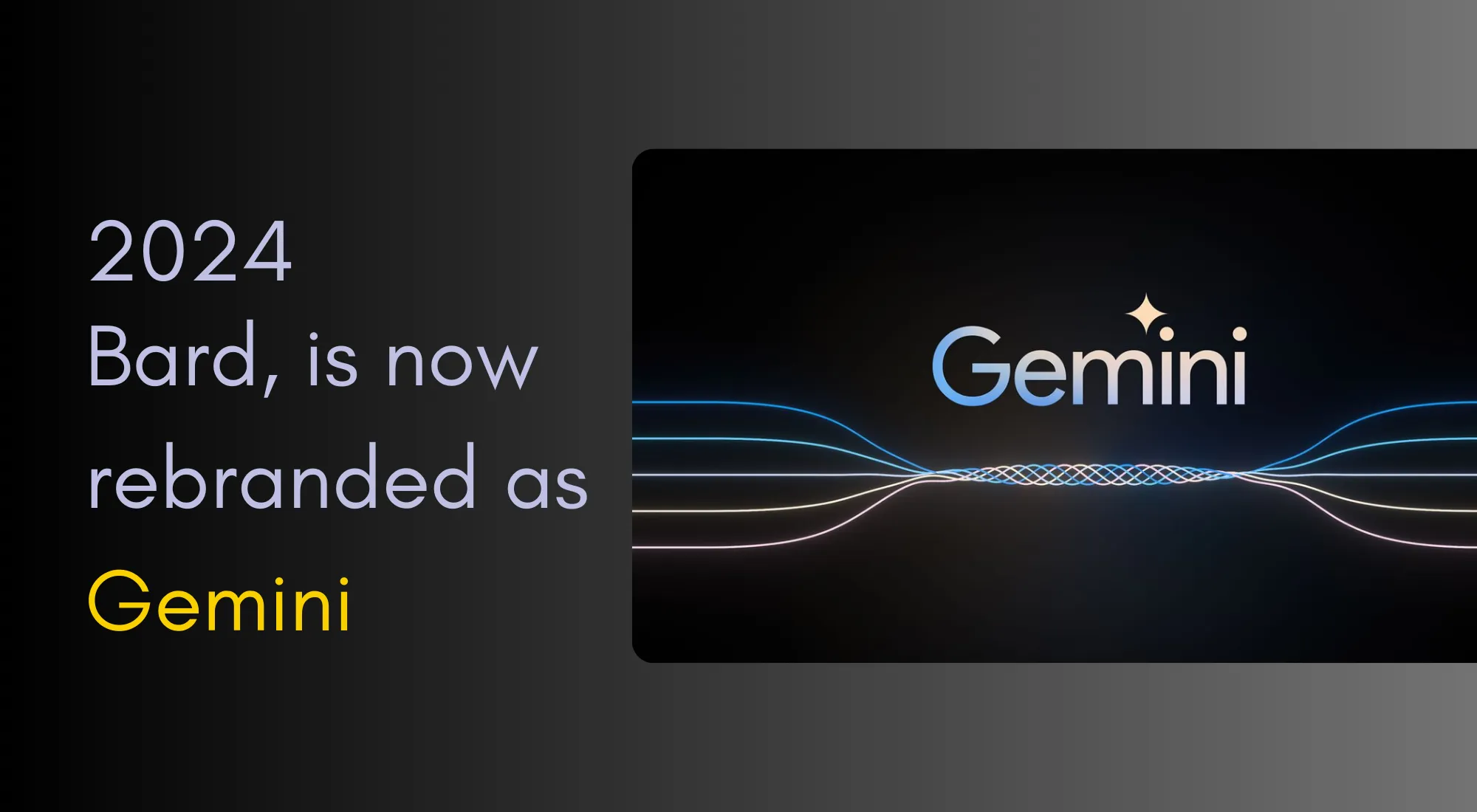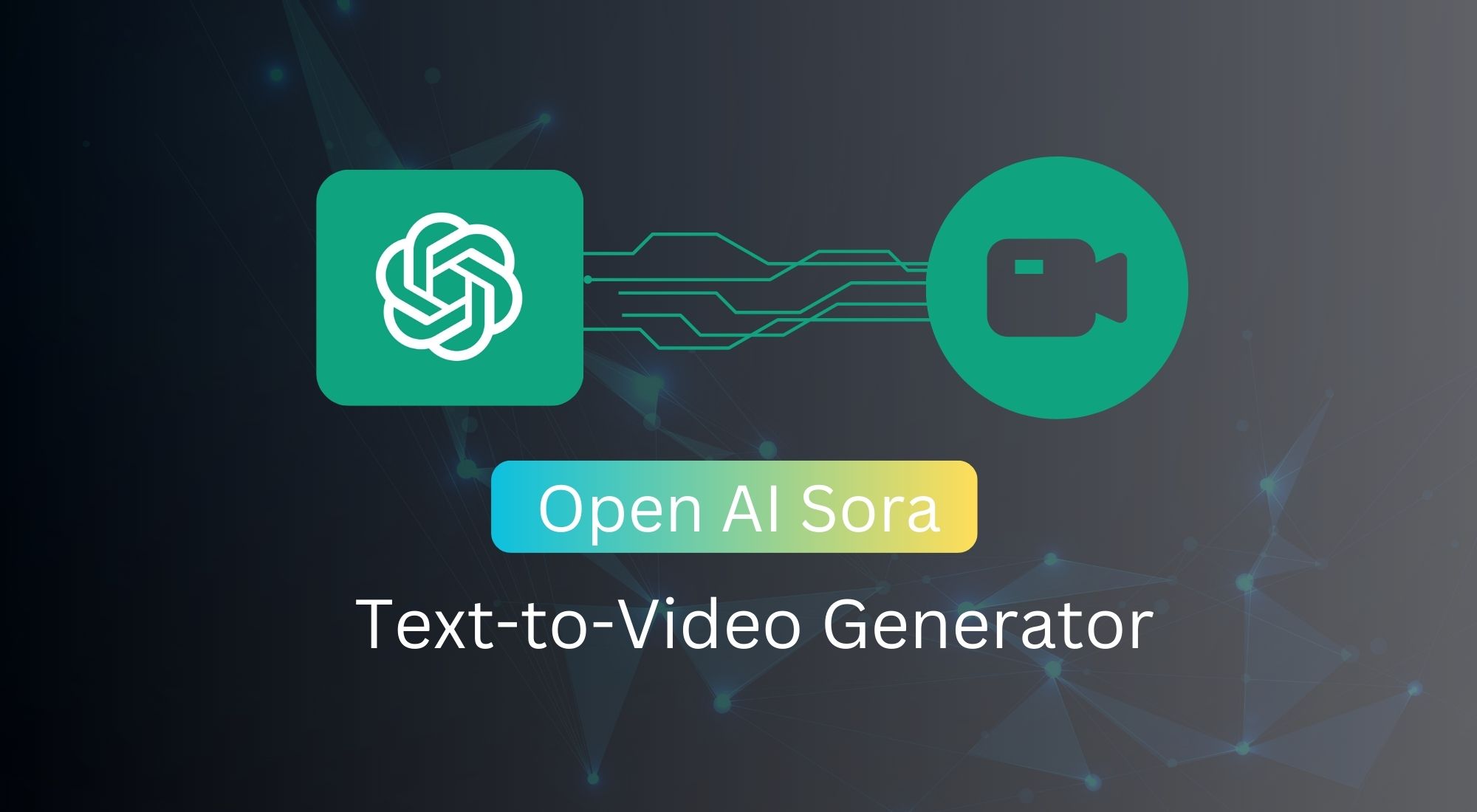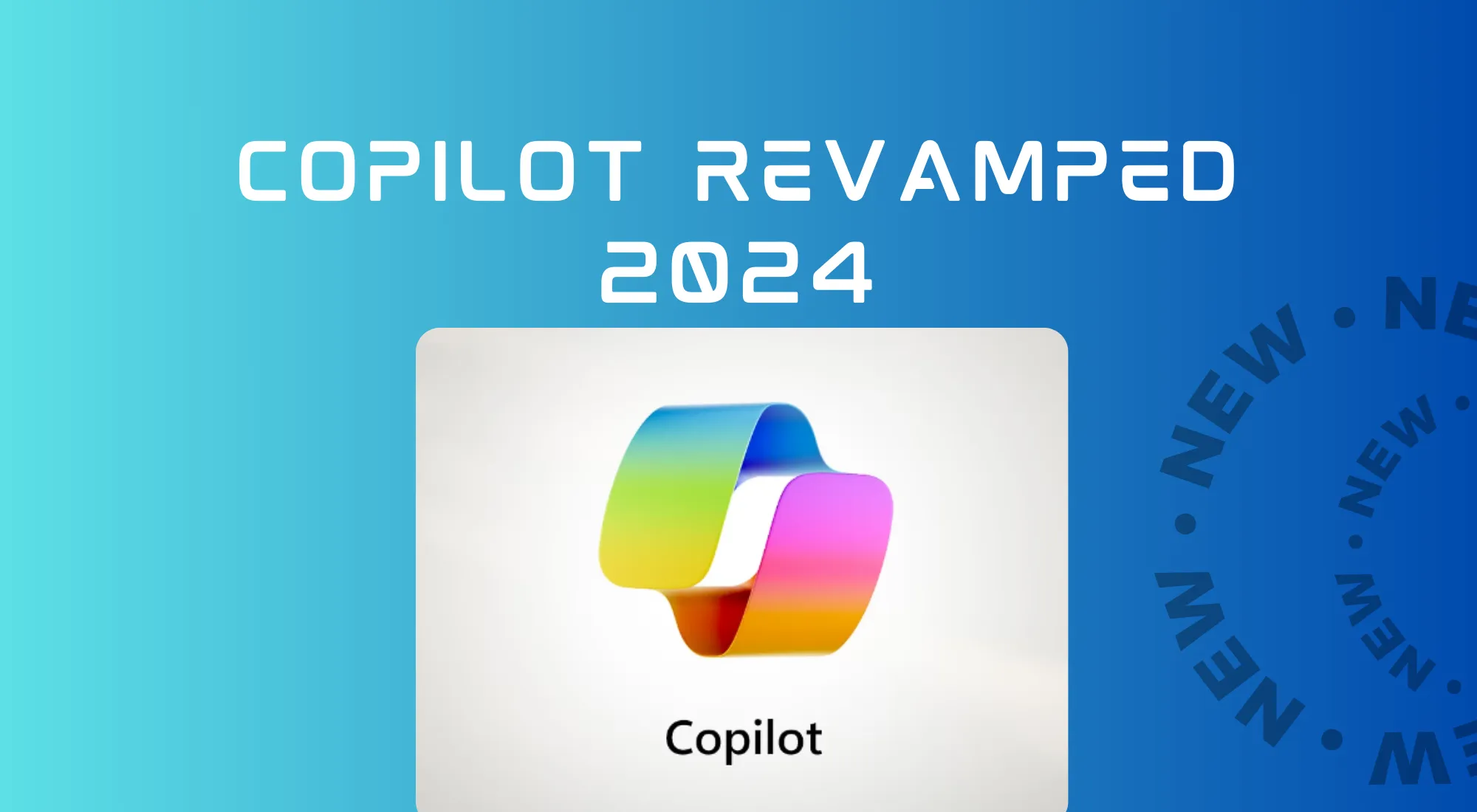Google Gemma: Open AI Based On Gemini Technology
The world of artificial intelligence (AI) is constantly evolving, and recently, Google made significant strides toward accessibility with the introduction of Gemma. But what exactly is Google Gemma, and how does it impact the AI landscape? Let’s dive deep into the article to explore more.
Table of Contents
Understanding Gemma: A Family of Open-source Powerhouses
Gemma isn’t a single AI model; it’s a family of open-source, large language models (LLMs) built on the foundation of Google’s state-of-the-art research, including the renowned Gemini models. This open-source nature makes Gemma accessible to a wider range of developers and researchers, fostering innovation and exploration within the AI community.
What makes Google Gemma Ethical AI?
The realm of artificial intelligence (AI) holds immense potential, but its ethical implications require careful consideration. Enter Google Gemma, a family of open-source large language models (LLMs), designed with an unwavering commitment to responsible development. Let’s delve into the key features that elevate Gemma as a frontrunner in responsible AI:
1. Building Trust Through Transparency: Gemma’s open-source nature fosters transparency, allowing developers to scrutinize its inner workings. This level of visibility empowers users to understand how Gemma generates responses and identify potential biases or shortcomings.
2. Prioritizing Safety from the Start: Google’s AI Principles are deeply ingrained in Gemma’s creation. Training datasets are meticulously curated, removing sensitive information and mitigating the risk of perpetuating harmful content. Additionally, robust testing methodologies, including adversarial testing and human feedback, are employed to identify and address potential safety concerns.
3. Empowering Developers with Tools and Resources: Google doesn’t stop at building an ethical AI; they equip users to develop responsible applications. The project comes bundled with a comprehensive Responsible Generative AI Toolkit. This toolkit provides guidance on setting safety policies, implementing safety classifiers, and utilizing the Learning Interpretability Tool (LIT) to understand Gemma’s behavior and address any potential issues.
4. Promoting Continuous Improvement and Human Feedback: Gemma’s learning journey doesn’t end with development. Google welcomes feedback and encourages users to contribute to its ongoing improvement. This collaborative approach ensures that Gemma remains relevant and continues to adhere to the highest ethical standards.
5. Fostering Responsible AI Practices within the Community: By making Gemma open-source, Google sets a commendable example for responsible AI development within the broader AI research and development community. Open availability encourages developers to prioritize ethics and encourages best practices throughout the development process.
Also Read :: Gcore’s FastEdge: A Game-Changer for Low-Latency Edge Computing
What are the features of Google Gemma?
Here are some key aspects that define Gemma:
- Lightweight: Compared to its larger counterparts, Gemma offers smaller model sizes (2B or 7B parameters) while maintaining competitive performance. This allows for faster training and easier deployment on diverse hardware platforms.
- Versatility: Gemma’s capabilities extend beyond simple text generation. It can tackle various tasks like machine translation, question answering, and text summarization, making it a valuable tool for various applications.
- Customization: Developers can fine-tune Gemma models for specific tasks, enhancing their performance and tailoring them to unique needs.
- Responsible AI: Google prioritizes responsible AI development, and Gemma exemplifies this commitment. The project comes with extensive documentation and guidelines to ensure users develop ethical and safe AI applications.
What is the Impact of Google Gemma?
Here are some key aspects that define Gemma:
- Lightweight: Compared to its larger counterparts, Gemma offers smaller model sizes (2B or 7B parameters) while maintaining competitive performance. This allows for faster training and easier deployment on diverse hardware platforms.
- Versatility: Gemma’s capabilities extend beyond simple text generation. It can tackle various tasks like machine translation, question answering, and text summarization, making it a valuable tool for various applications.
- Customization: Developers can fine-tune Gemma models for specific tasks, enhancing their performance and tailoring them to unique needs.
- Responsible AI: Google prioritizes responsible AI development, and Gemma exemplifies this commitment. The project comes with extensive documentation and guidelines to ensure users develop ethical and safe AI applications.
How Google Gemma is different from other AI Tools
While numerous AI tools exist, Google’s Gemma family distinguishes itself through a unique blend of accessibility, performance, and responsible development. Let’s explore the key factors that set Gemma apart:
1. Accessibility and Open-source Nature: Unlike many closed-source AI tools, Gemma embraces an open-source approach. This grants developers and researchers unfettered access to the model’s inner workings, fostering collaboration and innovation within the AI community. Additionally, Gemma’s smaller model size allows it to run effectively on personal computers, laptops, and cloud platforms, making it accessible to a broader user base compared to resource-intensive AI tools.
2. State-of-the-art Performance in a Compact Package: Often, smaller AI models come at the expense of performance. Gemma defies this trend, offering competitive performance against larger models on key benchmarks. This is attributable to its foundation on Google’s cutting-edge research, including the powerful Gemini models. This combination of superior efficiency and impressive performance makes Gemma a compelling choice for developers seeking a lightweight yet powerful AI solution.
3. Customization and Fine-tuning Capabilities: Gemma doesn’t limit users to pre-defined tasks. Its flexible architecture allows for fine-tuning, enabling developers to tailor the model to specific needs and applications. This empowers users to enhance Gemma’s performance in areas like text summarization, machine translation, or question answering, creating solutions directly relevant to their unique requirements.
4. Commitment to Responsible AI Development: Google prioritizes responsible AI principles in Gemma’s development. This translates to transparent development practices, rigorous testing to mitigate bias and safety concerns, and a comprehensive Responsible Generative AI Toolkit that equips users with the necessary resources to develop ethical and safe AI applications. This commitment to ethical AI practices sets Gemma apart from many AI tools that might offer similar functionalities but lack the same level of focus on responsible development.
Also Read :: Neuralink: The First Human Brain Chip Ever Built
Final Words…
While still in its early stages, Google Gemma represents a significant step towards democratizing AI development. Its accessibility, capabilities, and emphasis on responsible AI make it a valuable resource for developers, researchers, and anyone interested in exploring the potential of this powerful technology. As Gemma continues to evolve, it has the potential to pave the way for exciting advancements in the field of AI and its various applications.








2 Comments